Cold heading wire suppliers must accommodate the vast and variable needs of transport, building, chemical, electronics, aerospace and marine industries among others. For each of these applications, material is one of the most important concerns as the initial properties and integrity of the wire will be reflected in its finished performance. A wide range of materials are commonly available including a number of specialized ferrous, nonferrous, exotic, alloyed and precious metals. Read More…
Here at NSK Industries, Inc. we are a turnkey manufacturing which means we will supply your cold forming needs with a short amount of lead time. Our company manages four facilities and we strive to be an unsurpassed supplier. We have the background and production lines that can get your projects done regardless of complexity. We are eager to adhere to your specifications. Please visit our website ...

As cold forming, threading and knurling specialists since 1970, we are highly skilled at manufacturing a wide selection of cold headed parts, including carriage, hex & wheel bolts, double end studs, high performance stud pins, rivets and specialty fasteners. Check out our size and style capabilities.

We are committed to customer satisfaction here at Universal Rivet Inc. We stock a wide variety of steel pins which results in fast turnaround on all orders but we also can customize any design to match your requests. Our economical solutions are durable and our seasoned teams are here to answer all of your questions. Contact us today if you would like to learn more about our company!

Blue Ridge Metals offers the very best in Wire Processing and Cold Formed products. All cold headed fasteners and components are produced and accomplished in strict conformance to the requirements of our customer specifications. Drawing on an unparalleled depth of experience, Blue Ridge Metals creates value for every customer through the fostering of teamwork and technology to better serve you.

More Cold Heading Wire Manufacturers
Aluminum, brass, bronze, boron, steel, copper, nickel, silver, stainless steel and carbon steel are all popular options in wire forming as they hold up not only to cold working, but strenuous use as well. Common processes used to form these metals into wire include deep drawing, fine blanking, stamping, extrusion and punch and die processes, all of which may be hot or cold forming. Wire is available in individual packages or continuous coils weighing as much as 4,000lbs. No matter the amount needed, protective sleeves or spooled packaging should be used to ensure quality is maintained throughout the shipping process.
While possibilities abound, wet or dry drawing is the most popular method for wire forming. This process essentially pulls raw or slightly processed materials through a die block which extends length and reduces size considerably. It is important to consider both the inner and out diameters of wire before purchasing. The weight should also be considered as it will reflect the elemental purity of the wire.
Once formed, the wire is coiled, or wound around a spool for easy shipping and handling. Before cold processing may begin, however, a pre-straightening device is used to correct curves and kinks as the material flows directly into subsequent equipment. The wire is cut to the desired length before a cold heading begins.
Also known as a header, the necessary equipment houses a series of punches and dies which allow for the production of collars, necks, lugs, flats or fins on any point along the length of the stock shape or blank. After this process the wire bodies of the newly headed fasteners can be processed for additional finishing or machining needs, such as thread rolling for screws. Along with manufacturing techniques and materials, it is important to consider compositional limits, inclusion rates, impurities, surface defects and even final coatings with regard to the intended use of the part or fastening device.




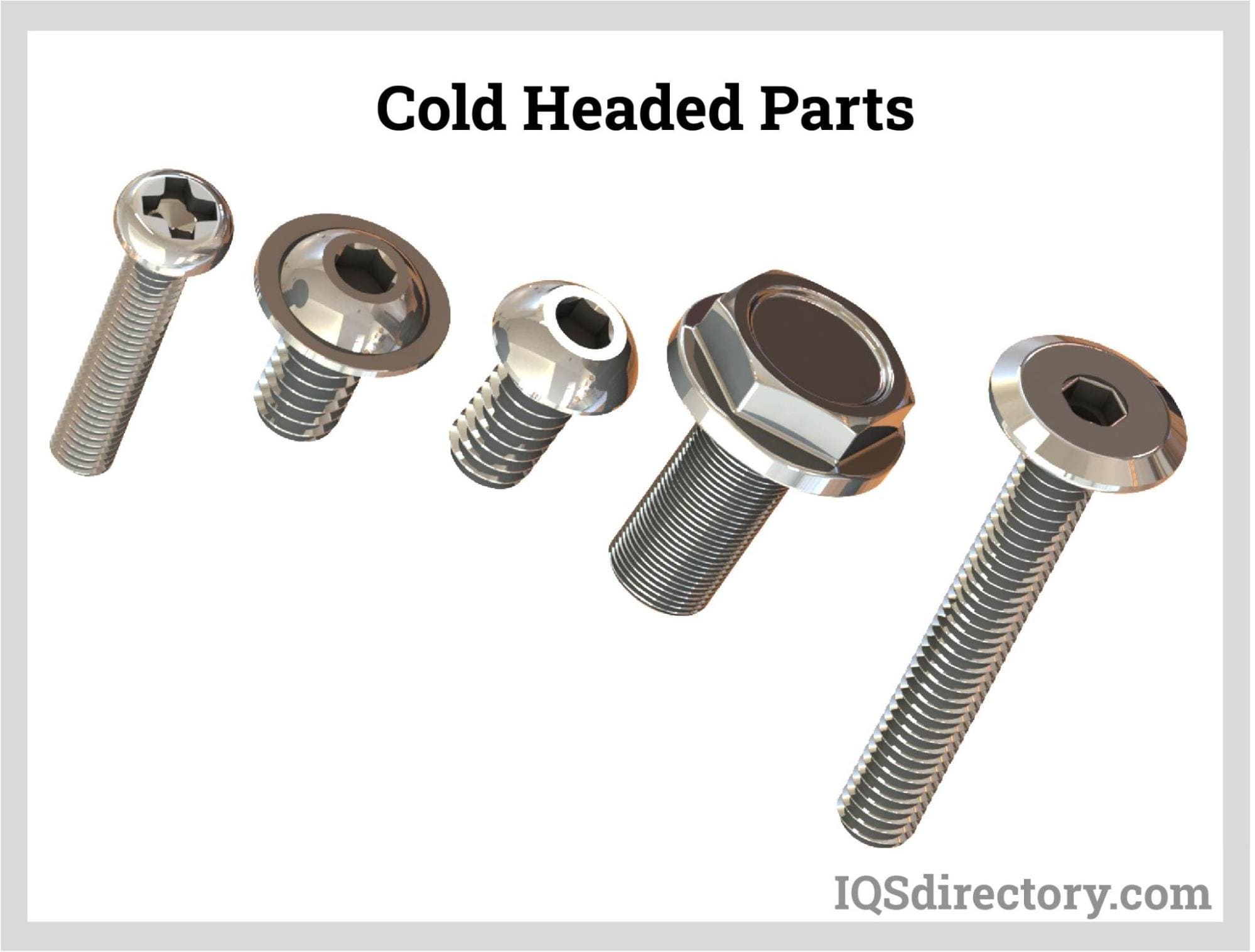
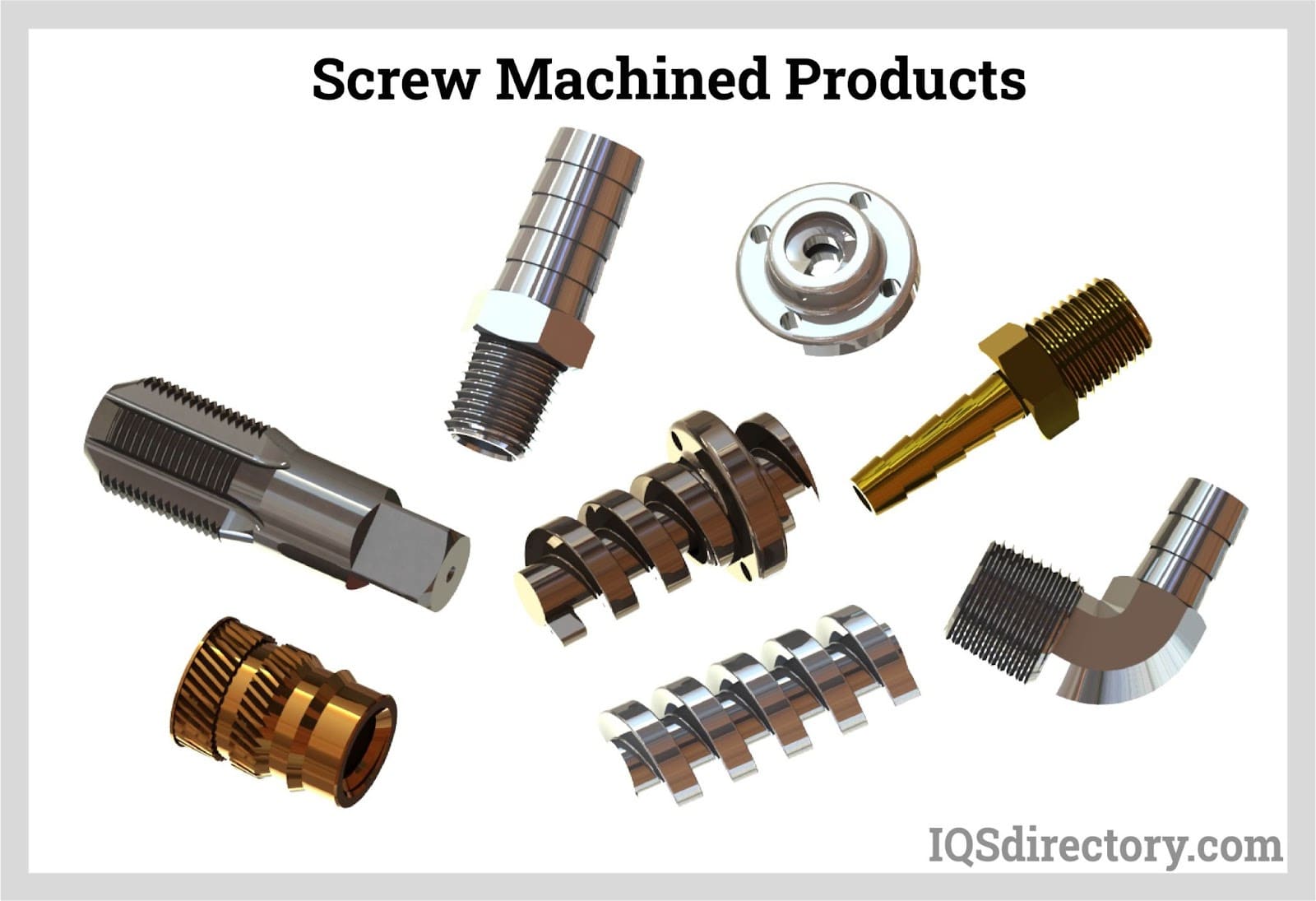
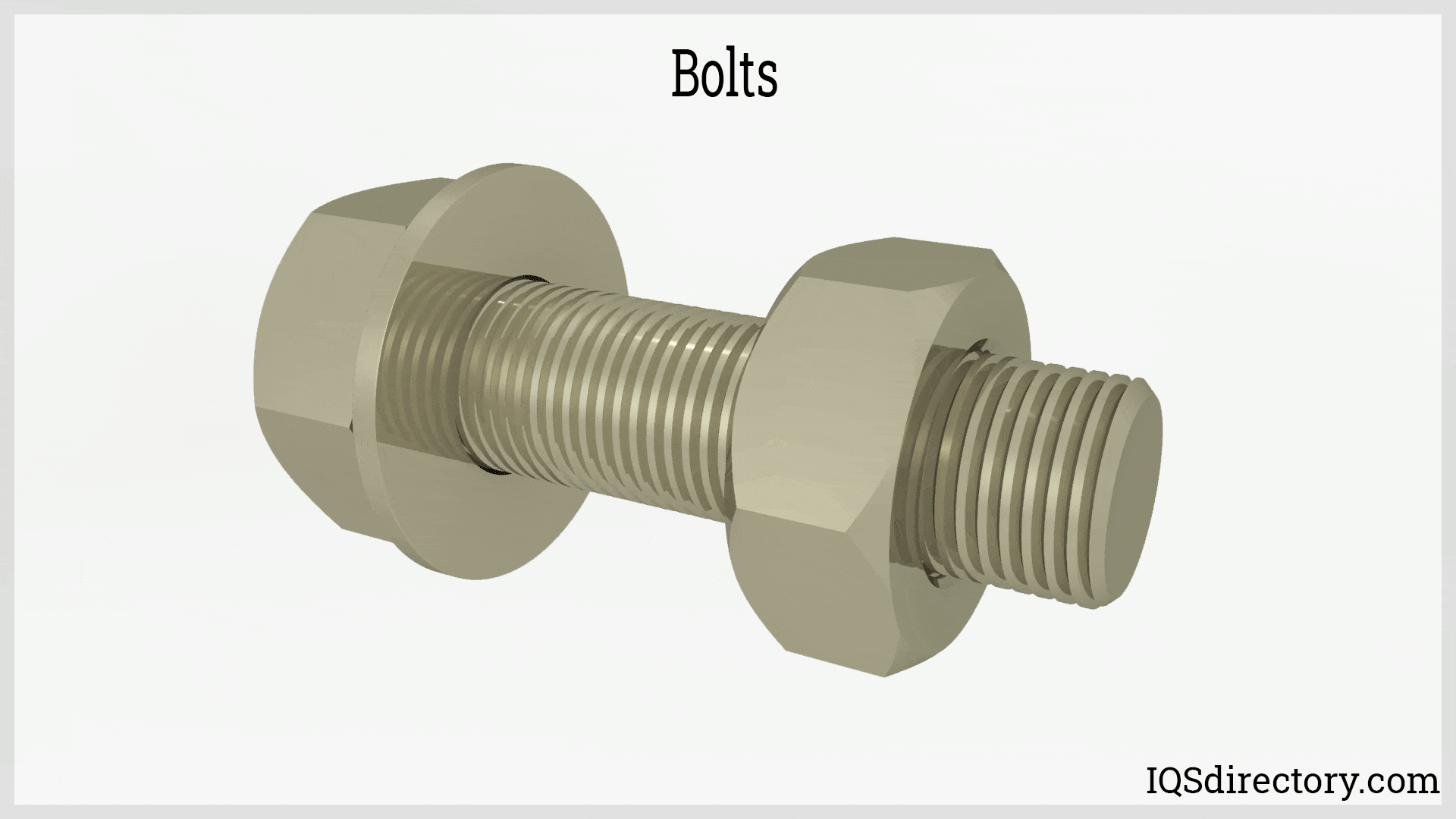

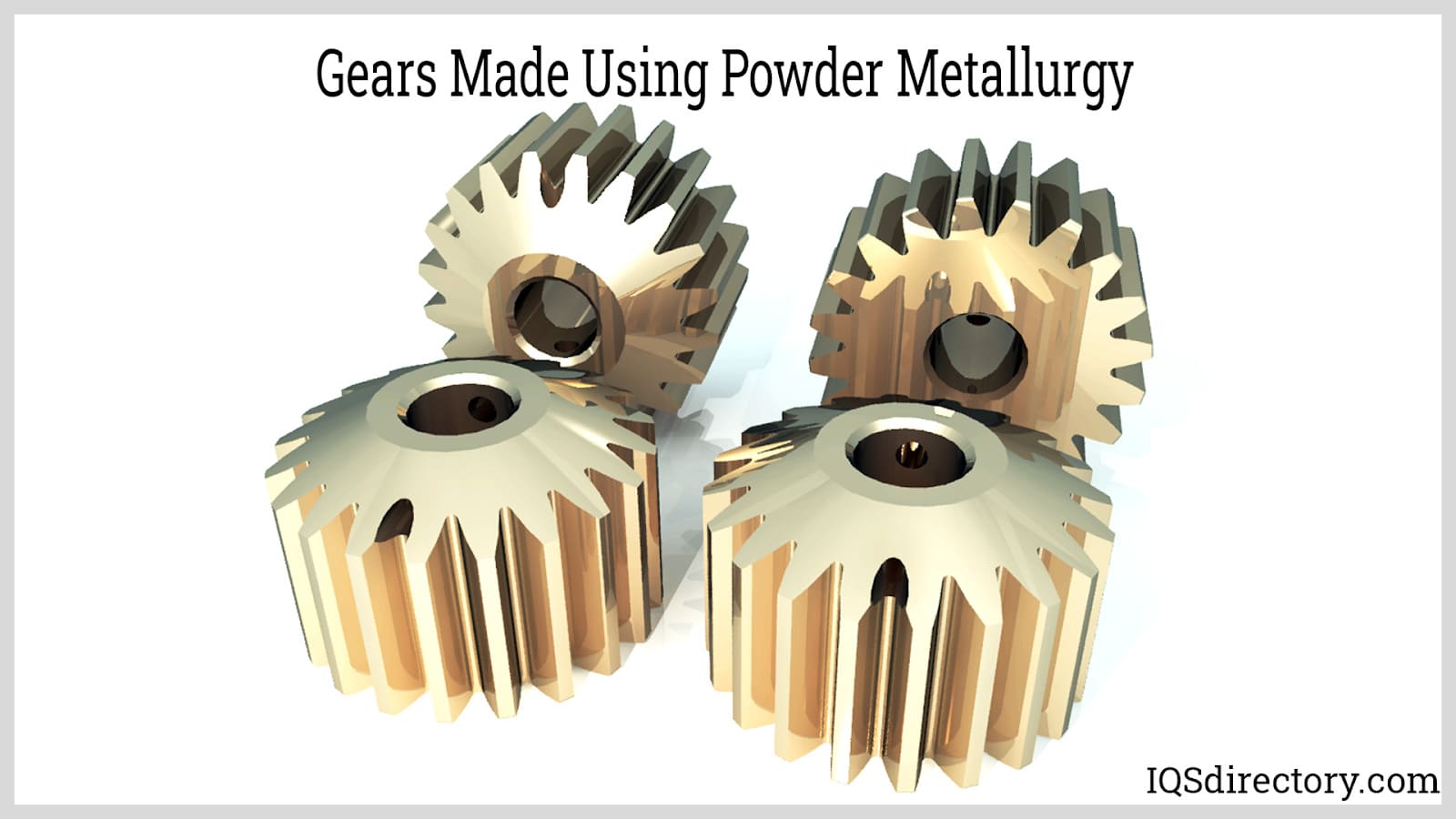
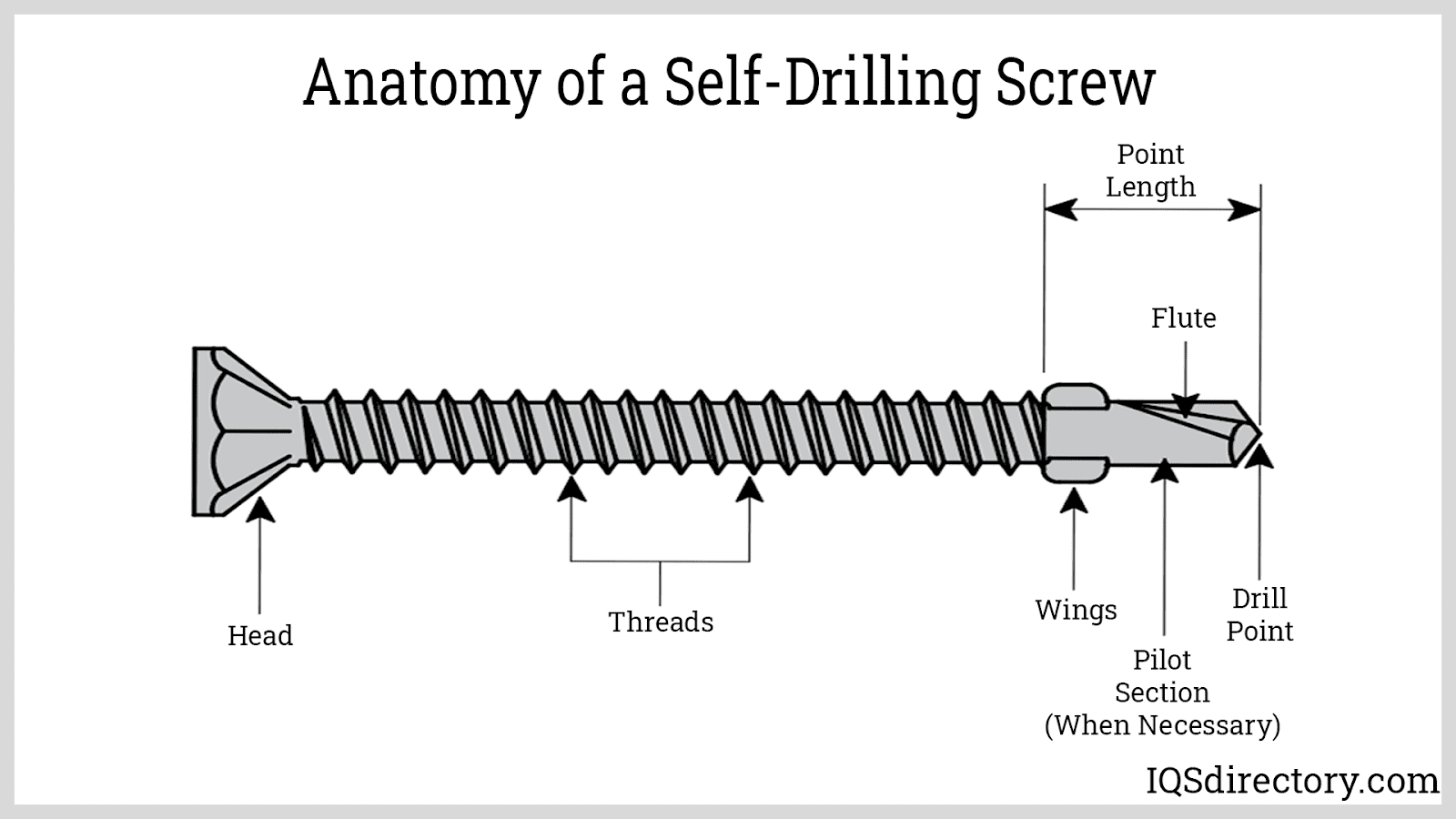
 Cold Headed Parts
Cold Headed Parts Expanded Metals
Expanded Metals Metal Spinning
Metal Spinning Powdered Metal Parts
Powdered Metal Parts Roll Forming
Roll Forming Springs
Springs Wire Forms
Wire Forms Wire Mesh
Wire Mesh Castings & Forgings
Castings & Forgings Bulk Material Handling
Bulk Material Handling Electrical & Electronic Components
Electrical & Electronic Components Flow Instrumentation
Flow Instrumentation Hardware
Hardware Material Handling Equipment
Material Handling Equipment Metal Cutting Services
Metal Cutting Services Metal Forming Services
Metal Forming Services Metal Suppliers
Metal Suppliers Motion Control Products
Motion Control Products Plant & Facility Equipment
Plant & Facility Equipment Plant & Facility Supplies
Plant & Facility Supplies Plastic Molding Processes
Plastic Molding Processes Pumps & Valves
Pumps & Valves Recycling Equipment
Recycling Equipment Rubber Products & Services
Rubber Products & Services